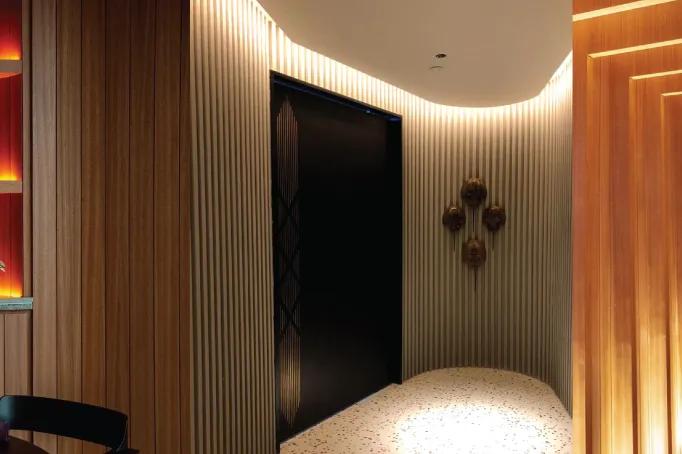Crafting Our Interiors
The Austronesian region, including Malaysia has a rich history and diversity of traditional arts and crafts movements which have continued to shape the country’s distinct socio-cultural fabric. Malaysia has a vast repository of artisanal skills that have been nurtured from generation to generation. When incorporated within architecture and interior design, they provide an important link to the past with a strong sense of identity.
Sustainability has often been a fundamental part of the composition of both tangible and intangible resources; sustainability and preservation of cultural identity are complementary and mutually enriching. There are a growing number of young architects and interior designers addressing issues of sustainable living and construction by combining vernacular techniques with contemporary design technologies; exploring regional narratives, local skills and materials, experimenting and re-interpreting traditional customs for new, personalising expressions as a result of collaboration with skilled artisans.
Cultural sustainability: Genius-Loci
Genius loci are defined as “the spirit of a place” that exhibits to a location's distinctive atmosphere. The genius loci capture the qualitative essence of the particular region into the building design, so the interior becomes more culturally intimate. Narratives expressed are usually based on symbolism, mythology and beliefs of the particular region. For example, in the old Malay belief, a horseshoe crab shell is typically hung at the entrance of a house to ward off evil spirits from entering the house. This integration offers possibilities beyond just decor, to reflect the owner’s distinct cultural heritage. Adopting genius loci into the design process will provide a visual identity of its local regional context, and eventually preserve a distinctive cultural aesthetic and heritage in the contemporary design scene.
Socioeconomic sustainability: creating fair-trade employment opportunities
The use of traditional arts and crafts within architecture brings local craftsmen communities into the economic fold by providing employment opportunities. Due to the recent COVID-19 pandemic, these communities have lost their source of income with the depleting demand for their crafts and artisanal skills. A fusion of architecture and interior design might just breathe new life into these age-old forms and skills.
Architects and interior designers can re-imagine the craft products and local artisanal skills into the building finishes and detailing. Adopting Terengganu brassware as door ironmongery detailing, Sarawak Penan handwoven as acoustic panels finish, Kuala Kangsar Labu Sayong as clay tiles, are a few examples of the integration of traditional craft and modern architectural finishes. This intervention could not only revive and promote regional art forms but also honour and support crafts communities and their livelihoods.
Environmental sustainability: creating a good indoor environment
The concept of ‘sustainability’ concerning vernacular and craft-based design is strongly connected to environmental concerns (Raj Isar, 2004). Most traditional buildings are inherently ‘green’ or sustainable as they have evolved over centuries and are designed in the most efficient way of adapting to their local environments, such as thermal comfort in the context of the Malaysian tropical climate. These vernacular construction methods and spatial design emphasised building works with nature and not against it, and on using locally available materials with low embodied carbon and energy like local timber, earthworks and thatch in an economically frugal manner.
Architects and designers have a responsibility to learn and draw inspiration from traditional building craft forms instead of the limited modern palette of materials and construction techniques of concrete, steel, and glass.
Arief Afandi
School of Arts
Email: @email
This article was first published in Business Today, 11 June 2022.




